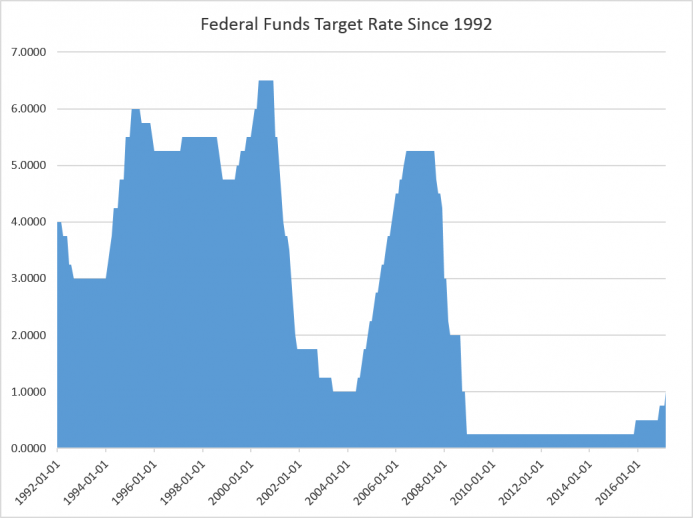Following on from last Saturday’s article …
There is a general belief that government finances are somehow immune from the financial reality faced by everyone else – an illusion fostered by bond markets and supported by the public’s wishful thinking. Look no further than the plight of the eurozone for evidence of the reality. Not only that, but history tells us that countries regularly default, yet we continue to buy government bonds in the belief they are less risky than any private sector debt. And if we begin to question the status quo, we are even told by financial regulators that government debt is less risky than anything else. Banking regulation enshrines it in Basel Committee guidelines, and modern portfolio theory – which guides securities regulation – casts it in stone.
The reality is different. If you are considering lending money to someone, you will want to be sure that the money will be used to generate a return, otherwise both the interest and the principal will not be covered. The borrower knows this as well, and he will make his case to the lender accordingly. The point is that money leant to a businessman has to be put to productive use. Conversely, money leant to governments is rarely put to productive use, and when it is, production is less efficient than the private sector equivalent anyway, because bureaucracy and political motivations replace entrepreneurial imperatives. Nationalised industries are therefore less able to pay interest on their borrowings, and require a government guarantee, actual or implied, to secure funds at attractive rates.
But when the state merely borrows to cover a budget deficit, it is actually destroying capital, because the capital is being spent, not invested. That is the situation facing most mature economies. And since this capital is being destroyed, the interest and the principal can only be funded from further destructive borrowing. It is truly amazing that governments and their advisers are completely blind to this simple fact.
Sooner or later governments run out of their citizens’ money, leaving nothing but impoverishment for all. Reducing interest rates is the first deliberate step on this road, advocated by Keynes no less in his General Theory. He put forward an idea whereby the state acts to saturate the economy with capital equipment “to get rid of many of the objectionable features of capitalism” (by which he means capitalists themselves: see Observations on the Nature of Capital – Pages 220-221). The destruction of savings, and therefore the impoverishment of savers, if not a deliberate policy, has caused no heartache in Keynesian circles. And now that countries like Greece need every cent they can get, the destruction of domestic savings and savers is in its final stages.
Deficit nations are unable to promise the return of savers’ money; instead, they tell us to expect economic recovery and improving government finances. Like Greece, they are all destroying savings at an increasing pace, making any lasting economic recovery impossible through the lack of necessary capital. Furthermore, the pace of money creation will have to accelerate, not only to fund continuing deficits, but also to pay the compounding interest cost of debt already incurred.
This article was previously published at GoldMoney.com.

